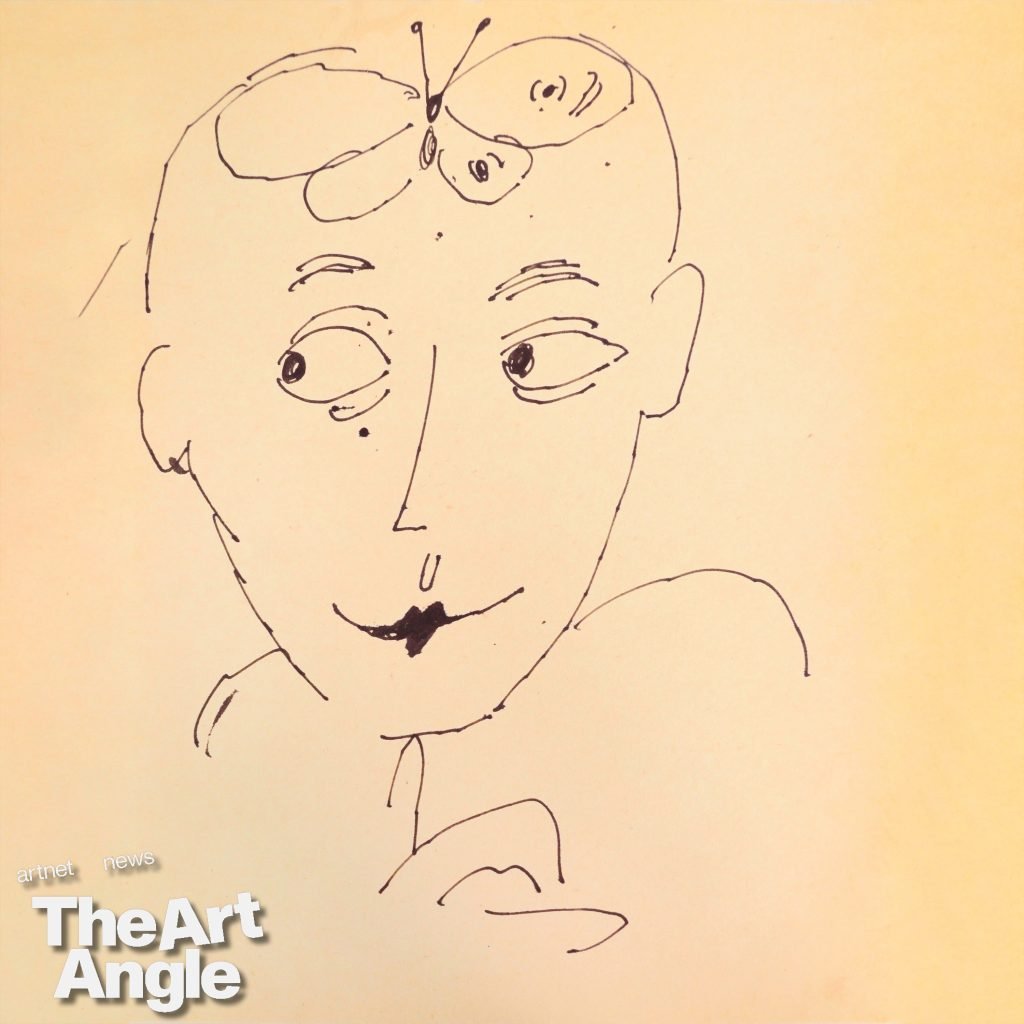The Art Angle
How Warhol’s Handmade Art Shaped His Famed Pop Factory
Blake Gopnik, author of "Warhol" joins the podcast to discuss the inimitable artist's legacy.

Blake Gopnik, author of "Warhol" joins the podcast to discuss the inimitable artist's legacy.

Artnet News

With his themes of repetition and appropriation, Andy Warhol’s work can seem mass produced. He was prone to say that his assistants did his work for him and often invented different narratives in interviews. In fact, weaving tall tales and shaping his own mythology was another important aspect of his art: he was creating the ultimate persona of an artist every bit as Pop as his paintings, one who specialized in glacial coolness and glib detachment.
Although the paintings might look like they came off of a conveyor belt, that was by design, and Warhol maintained close involvement with his work. In fact, before silkscreen printing became his trademark, Warhol hand-painted the 32 canvasses that make up the iconic 1962 work Campbell’s Soup Cans.
Warhol gained fame in the 1960s as part of the Pop boom, but this was actually the second phase of his career. He spent the 1950s in New York as a successful commercial illustrator, doing advertisements, book and record covers. All the while he made personal work and had a smattering of shows in small galleries, most of which were ignored or poorly received. But the seeds of his subversive repertoire were being slyly developed in his intimate drawings to which Warhol would return in his later life.
For this week’s episode, Artnet editor William Van Meter is joined by the journalist, critic, and author of the 2020 biography Warhol, Blake Gopnik. What more could be said about the artist that the heap of other biographies hadn’t covered? It turns out, plenty. Gopnik spent eight years researching and writing Warhol, and at almost 1,000 pages it is filled with wonderful details and newly discovered data.
On this episode we discuss Warhol by-hand, his pre-Pop era as well as some of his later, less mechanized moments such as his collaboration with Jean-Michel Basquiat, and how he managed to leave his mark on every aspect of his work, handmade and beyond.
Feature image: Andy Warhol, Butterfly Lady (1953). Est. $70,000–$100,000; “Andy Warhol by Hand: The 1950s” is open for bidding on artnet.com through June 20, 2024